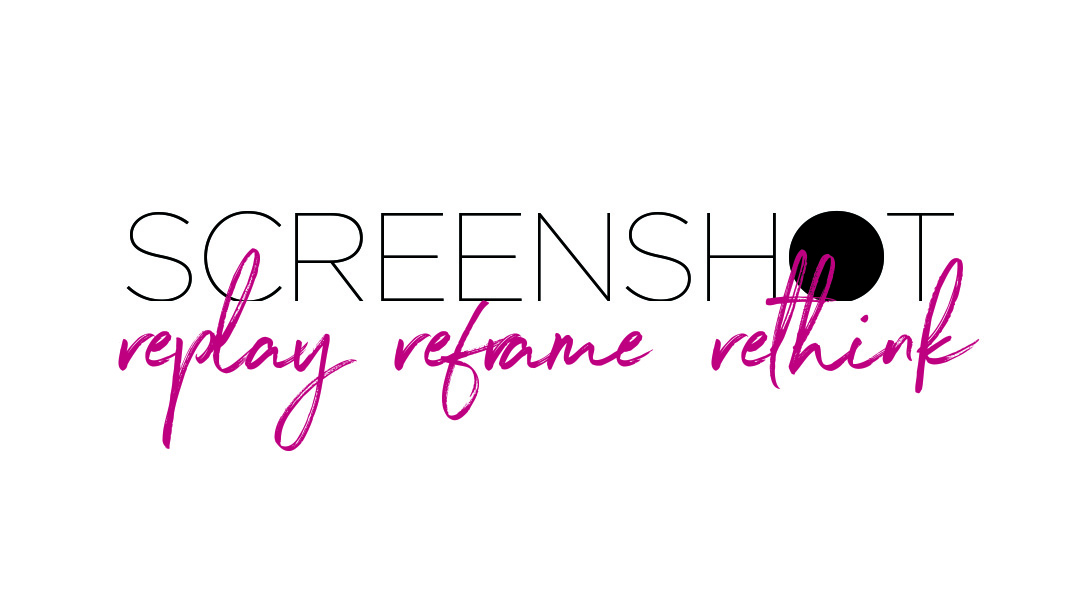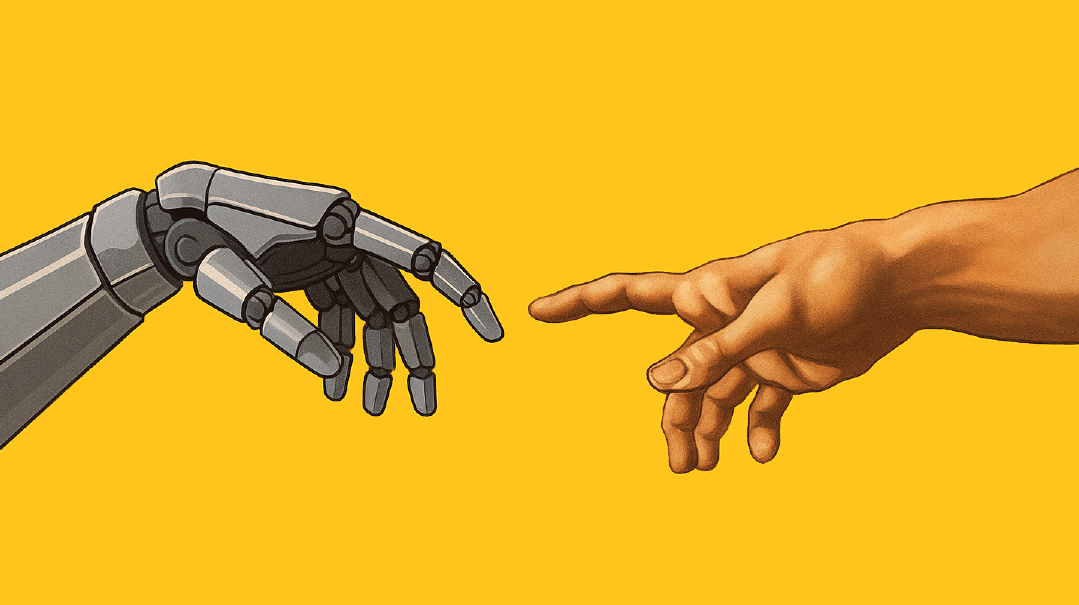Surviving and Thriving

Why have we defied the trend? Why is print still thriving in our corner of the world?

The doomsayers posted their funeral notices for print publications years ago.
Print is on its way out, they told us. The future is in Kindles, tablets, screens, phones. That’s how people read these days, that’s how they’ll all be thinking tomorrow.
And they were right. Today we feel the effects of that trend in our insulated world of Torah and chesed. Shiurim fill airwaves and earbuds across the world. Meal trains for new mothers are coordinated in cyberspace. Levayah notices and minyan updates are sent digitally. Yom Tov menus and accompanying shopping lists are sourced, planned, and tweaked on screens.
During the last few years, our editorial and creative teams have devoted considerable brainspace and entire planning sessions to this trend. How does a print magazine engage readers who spend most of the week looking at screens? What does screen-reading do to your brain? To your attention span? To your interests and tastes?
We know that social media influencers plot their posts by envisioning their audience and their medium. They tailor the colors, dimensions, and style of their offerings to the devices and attention spans of screen readers.
“Digital first” or digital-only media outlets have made a similar calculus. Take a look at these outlets — a really careful look — and you’ll notice that headline styles are different from print. The relationship between text and visuals is different. Word counts might be different, sentence length might be different, and even the grammar might look unfamiliar.
Since many of our readers do their weekday reading exclusively on screens, we have to keep those trends in mind as we build our print product. That might mean creative formats, adjusted word counts, an up-to-date awareness of color and visual elements, and a familiarity with the psychological underpinnings of digital media.
But when it comes to the Torah-observant community, the doomsayers were also wrong. In our community, print is doing well. Really well. More and more print publications are finding spots on our newsstands. And they’re eagerly grabbed by customers who see their weekly reads as can’t-miss Shabbos treats, basic as the candy.
Books, too, are selling, circulating, swelling. Some of the same influencers who share their witty takes on current events or community neias are also posting about the books they read, the memorable stories or quotes they will pack from their Shabbos reading into their pockets for the week ahead.
Why have we defied the trend? Why is print still thriving in our corner of the world?
The first answer is Shabbos. Shabbos is that built-in break from the screen. It’s also a break from the constant buzzing, the refracted focus, the swirling stream of look-here-see-this-comment-on-that-update-them-forward-that.
Come Shabbos and you can breathe. Sit. Curl your fingers around a paper, settle a little deeper into the couch, and immerse yourself in words, in ideas, in characters or stories, without the buzzing and pinging and dinging.
But I think the surviving and thriving of print in our communities also speaks of something deeper, something embedded in our collective value system. We are the people of the book, the people who cherish the printed word. We are products of its power to set boundaries and establish goals, to urge restraint and to convey passion, to transmit values and shape destiny. So much of our identity is reflected back at us from those black words on white.
Today, in our grocery stores and supermarkets and neighborhood kiosks, black and white has been replaced with a riot of color and imagery, along with a generous dose of marketing strategy and lots of clever wordplay. The print publications that we keep producing and consuming don’t hold the same seriousness, purpose, or prestige as those treasured books of the past.
But when we sit down and sink into the magic of their contents, it’s just another chapter in our long saga, the story of a people who love books and words and the reading experience. A people who appreciate the permanence and power of print. A people who use screens, who manipulate pixels, who shop and bank and correspond with clicks — but who savor the tactile and mental and emotional magic that unreels when you grasp a page full of ink in your hands and let its contents spill into your mind.
(Originally featured in Mishpacha, Issue 869)
Oops! We could not locate your form.







